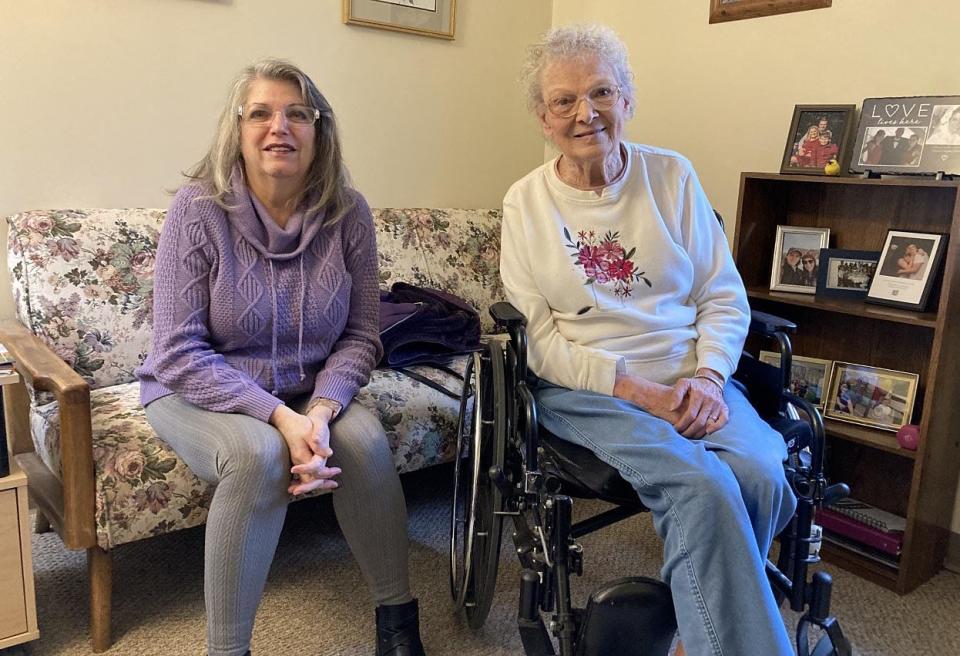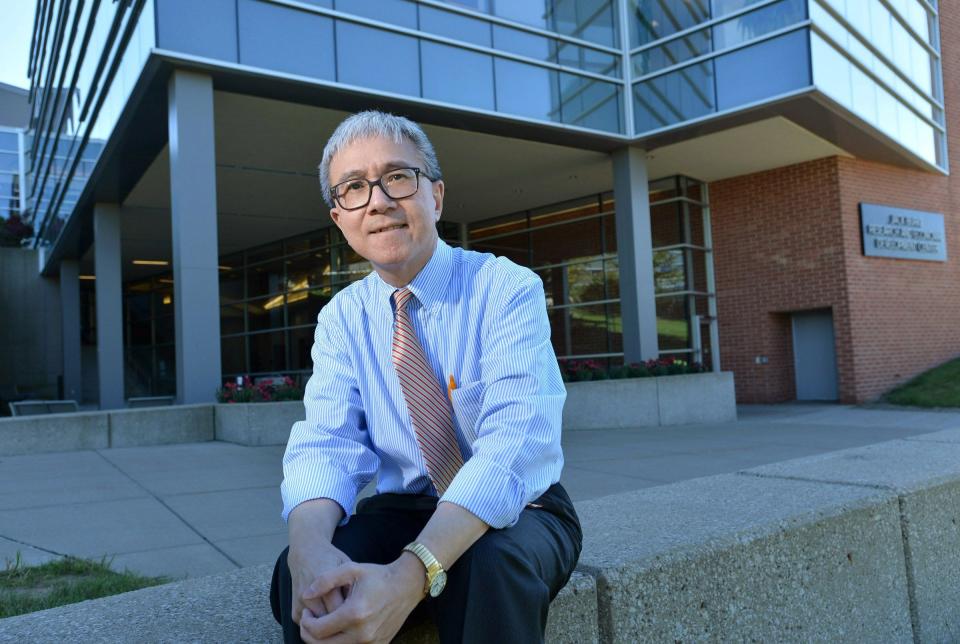Erie County facing a 'silver tsunami' as population ages; caregivers in short supply
This is the first in a series of reports about Erie County's aging population.
Erie County residents have never been older, on average, than they are right now.
The median age of a county resident was 40.6 years, according to 2021 U.S. Census Bureau's American Community Survey. It's the first time the county's median age has surpassed 40.
Dr. James Lin, a geriatrician and president of the LECOM Institute for Successful Aging, refers to it as a silver tsunami — a wave of older Americans fueled by the Baby Boomers who were born between 1946 and 1964. They are all now between the ages of 58 and 77.
"By the year 2030, we will have more than 70 million Americans over the age of 65," Lin said. "Erie's population is aging and it's something we all have to prepare for."

Erie County's median age, according to the U.S. Census Bureau:
1990 — 32.9 years old
2000 — 36.2
2016 — 39.3
2021 — 40.6
It's not just that there are more older people living in Erie County, but that they represent a growing share of the county's total population. Those 65 and older now account for 19.1% of all county residents, an increase from 16.6% in 2016 and 14.4% in 2008, according to the Erie County Department of Health.
A community's aging population creates a ripple effect: the demand for services, particularly health care, increases, but the percentage of people able to provide those services declines.
"You already are seeing more businesses created that cater to older people, like all the home health-care agencies," said Ken Louie, professor of economics at Penn State Behrend and the director of Behrend's Economic Research Institute of Erie. "The issue, especially since the COVID pandemic, is finding staff to fill those jobs."

Eleanore Dibble knows all about the issues area agencies have trying to find enough workers to care for older residents.
Dibble, 86, lives by herself in a one-bedroom apartment at a Girard senior living complex. A stroke in 2014 left her right arm paralyzed and her right leg weakened, but she still manages to heat her own meals and travel by Lift buses to her medical appointments.
She qualifies through the GECAC Area Agency on Aging's OPTIONS program to have a home health aide spend 6 hours a week with her, helping her with daily life activities such as bathing and shopping.
But due to staffing shortages, the company contracted by GECAC to provide those services can only send an aide 2 hours a week.
"So I shower once a week," Dibble said. "I wash up the other days and my son has hired a woman to shop for me."
More: GECAC officials, senior center residents demand funding for elderly, education services
Dibble's dilemma is not unique and comes as no surprise to Matthew Trott, the GECAC Area Agency on Aging division manager.
His agency has been talking about the growing concerns of caring for older residents since he started his job in 2005.
"We knew back then that there would be an issue, which has different aspects that I call the Big Three," Trott said. "One is the percentage of people over 65, the baby boomers, which will continue to increase through 2030. You also have the fact that dementia cases are on the increase, and the lack of caregivers."
He pointed to a 2020 AARP study that showed the number of Americans providing unpaid care increased by nearly 10 million people between 2015 to 2020, from 43.5 million to 53 million. That number is expected to continue growing until 2050.
The only way to reduce the number is to train more professional caregivers and pay them a competitive wage, Trott said.
"We just received funding for a pilot program that we expect will train up to 100 adult caregivers," Trott said. "It's a start."
More: LECOM Health pays $7.27 million for its 8th senior living community
Until more caregivers are trained and hired, older residents will rely on themselves, their families, and a limited amount of professional assistance.
That's OK with Dibble, who is proud of her independence.
"I don't need more help," Dibble said. "I know what to do."
Contact David Bruce at dbruce@timesnews.com. Follow him on Twitter @ETNBruce.
This article originally appeared on Erie Times-News: Erie County faces silver tsunami as popluation ages, median age over 40

